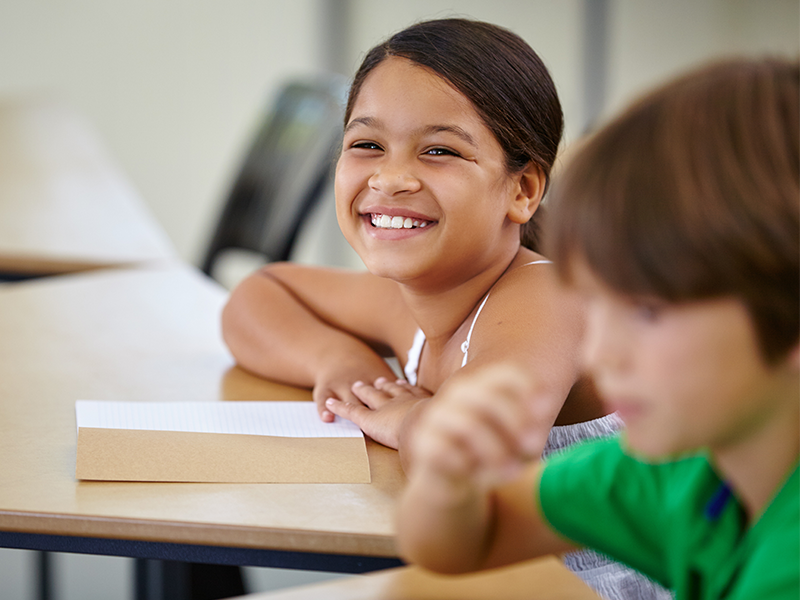According to UNESCO, there are 263 million children who don’t go to school. There are 61 million children of primary school age (5-11), 60 million of lower secondary school age (11-14), and 142 million of upper secondary school age (15-19). As children grow older, there are increased barriers to education which includes poverty, conflict, and lack of government funding. Among girls, barriers include child marriage and gender-based violence.
Among the top 20 countries with greatest percent of children not in school, 16 countries are in Africa, three are from Asia, one from Europe (Czech Republic). The country with greatest percent not in school is Somalia with 70% not in school.
In terms of progress, there are fewer children of primary age that not in school, a decrease from 100 million in 2000 to 60 million in 2007. However, since 2007 that number has remained steady indicating very little progress being made.
Gender disparity is another critical issue facing the world among children without access to education. Fewer girls in African countries are enrolled in school compared to boys. In a few Asian countries, fewer boys are enrolled. However, globally 9% of girls are not in school compared to 7% of boys.
In the United States, poverty greatly impacts a child’s education. Those children living in poverty are more likely to start school 12 to 18 months behind their peers.
Ashna Dagam

